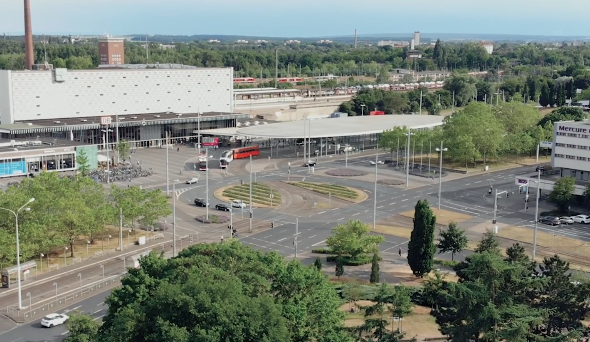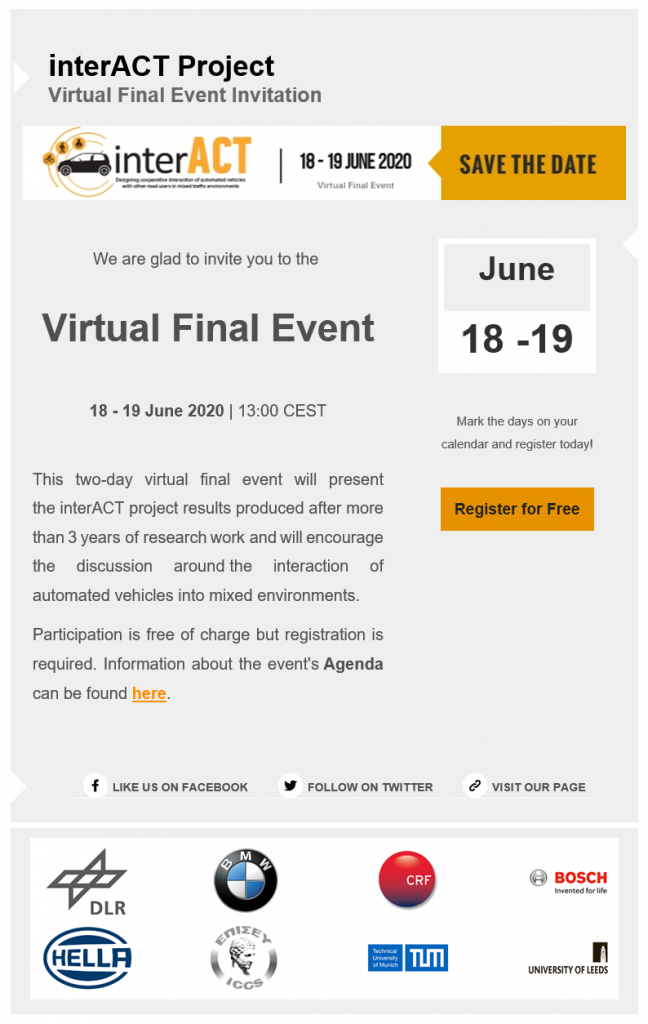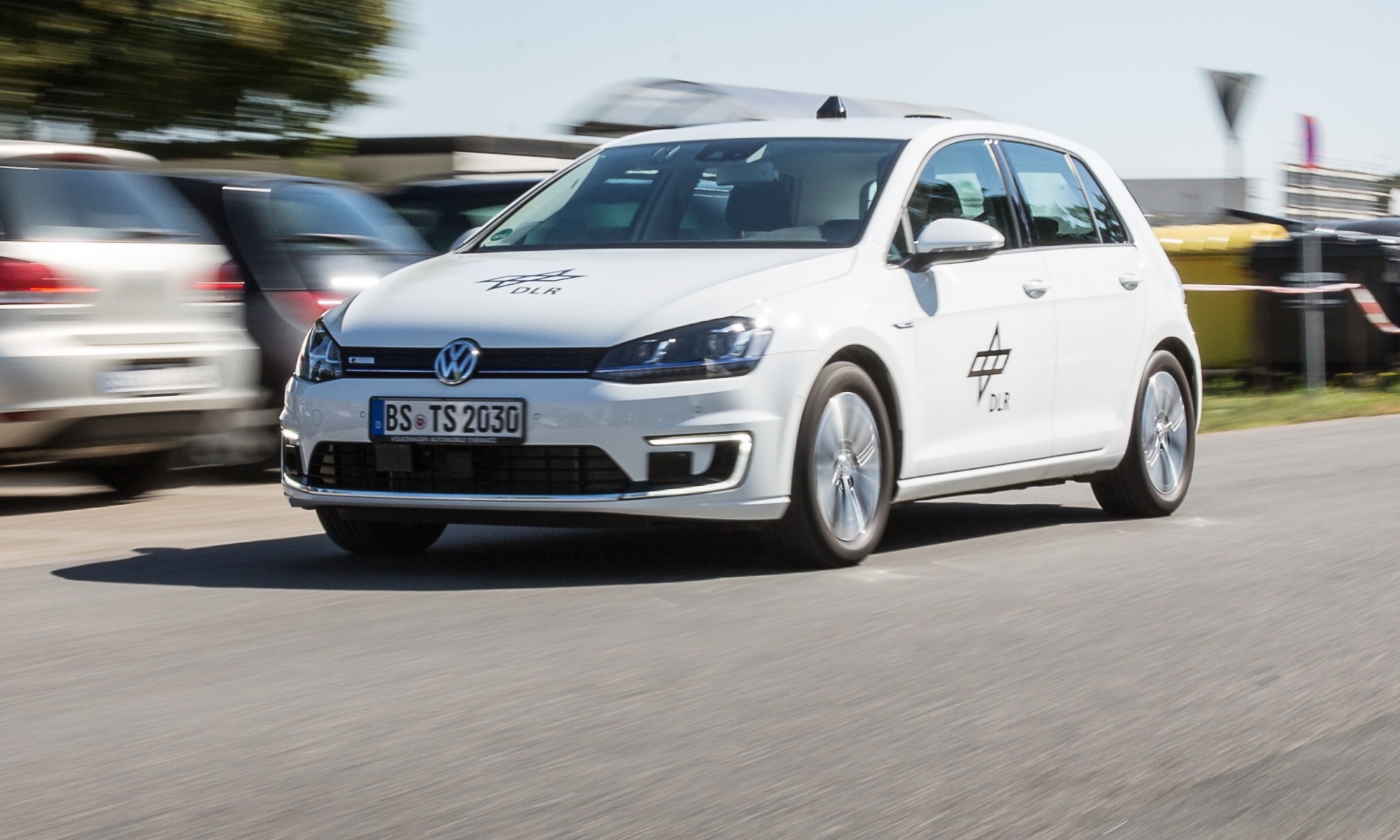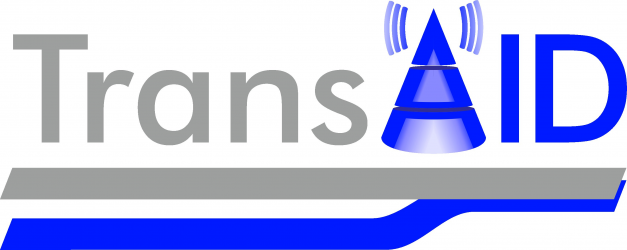We are happy to announce that we have finalised Deliverable D8.1, which contains the reporting of all our interactions and activities with the various stakeholders. It contains information about all the organised workshops (in conjunction with our affiliated projects such as CoEXist, MAVEN, and INFRAMIX). In addition, we included information regarding our international cooperation with the US CAMP, as well as with ITS Japan. And finally, a number of other workshops are alse reported on, of which some examples centre around the operational design domains (ODDs), CEDR projects and activities, CAV infrastructure readiness, … Visit our deliverables page to obtain your copy!
All presentations and videos from our Virtual Final Event are available!
Many thanks to all of you that attended our virtual final event! We hoped you enjoyed our webinars.
We invite you to go to our final event page, where you can find all the presentations, as well as high-quality videos of all recorded sessions.
Don’t hesitate to contact us if you want more information regarding all our research deliverables.
And as a special treat, we have a selection of attractive videos available for you, showcasing some of the work that we have done during the project.

TransAID has real-life demonstrations!
Don’t forget to check out some of the videos we made, in which real-life vehicles are used. An example includes Scenario 2.1, where we prevent a transition of control and minimum-risk manoeuver providing speed, headway, and/or lane advice. Another one gives a real-life demonstration of minimum-risk manoeuvers and the distribution of transition of control.
Register for interACT’s final event!
Join the Virtual Final Event of the H2020 interACT project! interACT has designed, implemented and evaluated solutions for safe, cooperative, and expectation-conforming interactions between the Automated Vehicle and both its on-board driver and other traffic participants.
This two-day virtual final event will present the interACT project results produced after more than 3 years of research work and will encourage the discussion around the interaction of automated vehicles into mixed environments.
You can find the agenda here; you can register yourself here.

Deliverables D4.3 and D5.4 are now available!
TransAID is always busy, always on the forefront of creating new insights into the behaviour of automated vehicles, and how to link them to advanced traffic management schemes and innovate V2X communication technologies. Grab you copies of D4.3 (Translation of traffic management measures to iCS, scale-up, and wider deployment) and D5.4 (Signalling for informing conventional vehicles) here at our deliverables page!
Join our final event at 1-2 July!
TransAID welcomes you for an interactive discussion and exchange of information regarding traffic management and connected, cooperative and automated driving!
Click here for the programme and to register yourself!

EU/Japan 7-8/4 workshop presentations are available!
On 7-8 April, the TransAID partners and ITS Japan / UtmobI held an online joint seminar and expert meeting. We discussed topics such as regional activities, operational design domains, I2V-based traffic management, V2X communications, modelling, simulation, and a demonstration of our CAV simulation tool, and concluded with priority areas for future research and innovation activities.
You can find the agenda and all the presentations here.
Deliverables D5.2 and D5.3 are now available!
We have published the revised version of D5.2 (V2X-Based Cooperative Sensing and Driving in Transition Areas) and the new D5.3 (Protocols for Reliable V2X Message Exchange) at our Deliverables page. They include the V2X message flows and protocols for all the scenarios done during the second iteration!
Deliverables D3.2 and D4.2 are now available!
We have published the revised versions of D3.2 (Cooperative maneuvring in the presence of hierarchical traffic management) and D4.2 (Preliminary simulation and assessment of enhanced traffic management measures) at our Deliverables page. They include all the simulation work done during the second iteration, containing five brand new use cases!
Live from Brussels, where Jaap Vreeswijk from MAPtm is presenting TransAID at the joint FEHRL-CoEXist dissemination workshop on CAVs and Infrastructure. In addition, ARCADE, ERTICO, EU ITS Platform, RWS, STAPLE, DIRIZON, and TNO are also present!


